Copper mine hoists require precision control
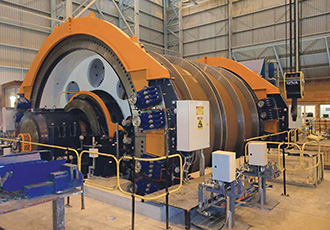
The Nkana site of Mopani Copper Mines in Zambia has had parking brakes for use on mine hoists supplied by Twiflex, part of Altra Industrial Motion. Nkana is one of the largest copper and cobalt mines in Africa, with four underground mines, as well as an open pit.
Mine hoist manufacturer FLSmidth worked with Twiflex and its South African distribution partner, Tritec Sintered Products, on this installation. FLSmidth supplied a double drum Blair Multi-Rope (BMR) rock winder and a single drum BMR man / materials winder to the Nkana project. The BMR winder is a variation on the double-drum winder and is used in extremely deep shafts as the second drums cable is used to balance the primary load. The drums on both winders are identical - each measuring 5.7m in diameter, with two 1.8m wide rope compartments.
The double-drum BMR has a payload of 47.5 tonnes and operates at speeds up to 17.6m/s in a 1,278m deep shaft. A precision control system designed by FLSmidth is used to achieve synchronous braking of all the brake units.
Twiflex brakes are used for parking and holding each time the mine winders stop. In exceptional conditions (i.e. power failure), the brakes can be used to bring the load to rest whilst maintaining a maximum deceleration of 2.3m/s2.
To meet the hoists high rubbing speeds and provide greater thermal capacity, Twiflex engineers designed a new large pad version (174,700mm2 each pad) of its VMS3-SPS spring applied, hydraulically released brake, which is used on mine hoists around the world. Thermal capacity is a measure of the ability of the brake pad to absorb and dissipate heat. Known as the VMS3-VR the 16 off brakes (eight off on the fixed drum and eight off on the clutched drum) operate on two 6,800mm diameter, 70mm thick discs, producing a total braking torque of 12.2MNm.
For this application, each VMS3-VR is rated to 240kN braking force (µ=0.4) using a 2mm air gap. At this braking force, the rated fatigue life is over two million braking cycles. To assist with maintenance, Twiflex brakes incorporate a monitoring system to signal brake pad wear and loss of braking force. The VMS3-VR brakes also include Twiflex’s unique ‘parked off’ feature - meaning they can be adjusted under hydraulic pressure so that when pressure is removed there is no stored energy.
Twiflex has an in-house testing capability, comprising a climatic chamber which can simulate temperatures between -75°C to +180°C, as well as a fatigue room for brake cycling and an inertia test rig for dynamic stops.
“All Twiflex modular brakes are subject to a cycling test and pressure test before leaving the factory,” explained Steve Powell, Product Manager for Twiflex. “For mine hoists, all critical brake components undergo non-destructive testing. The main limitation for brake manufacturers is the friction material which needs to be carefully selected for the operating cycle.”
Similar articles
More from Altra Industrial Motion
- Innovation corner illustrates problem solving solutions 8th November 2019
- Taking crane braking to new heights 15th April 2019
- Solutions for challenging applications at SPS Drives 29th October 2018
- Stainless drives take over at fish processing plant 4th April 2018

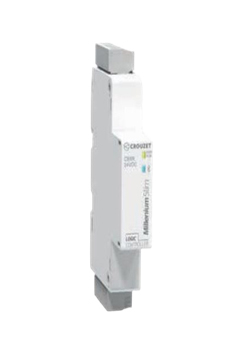
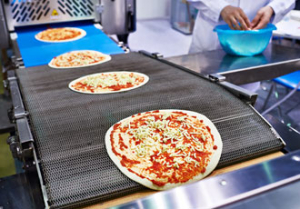
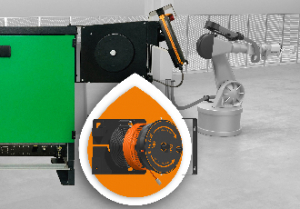
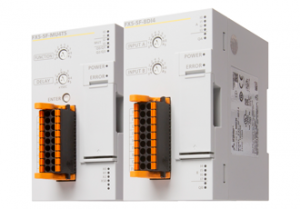







Write a comment
No comments